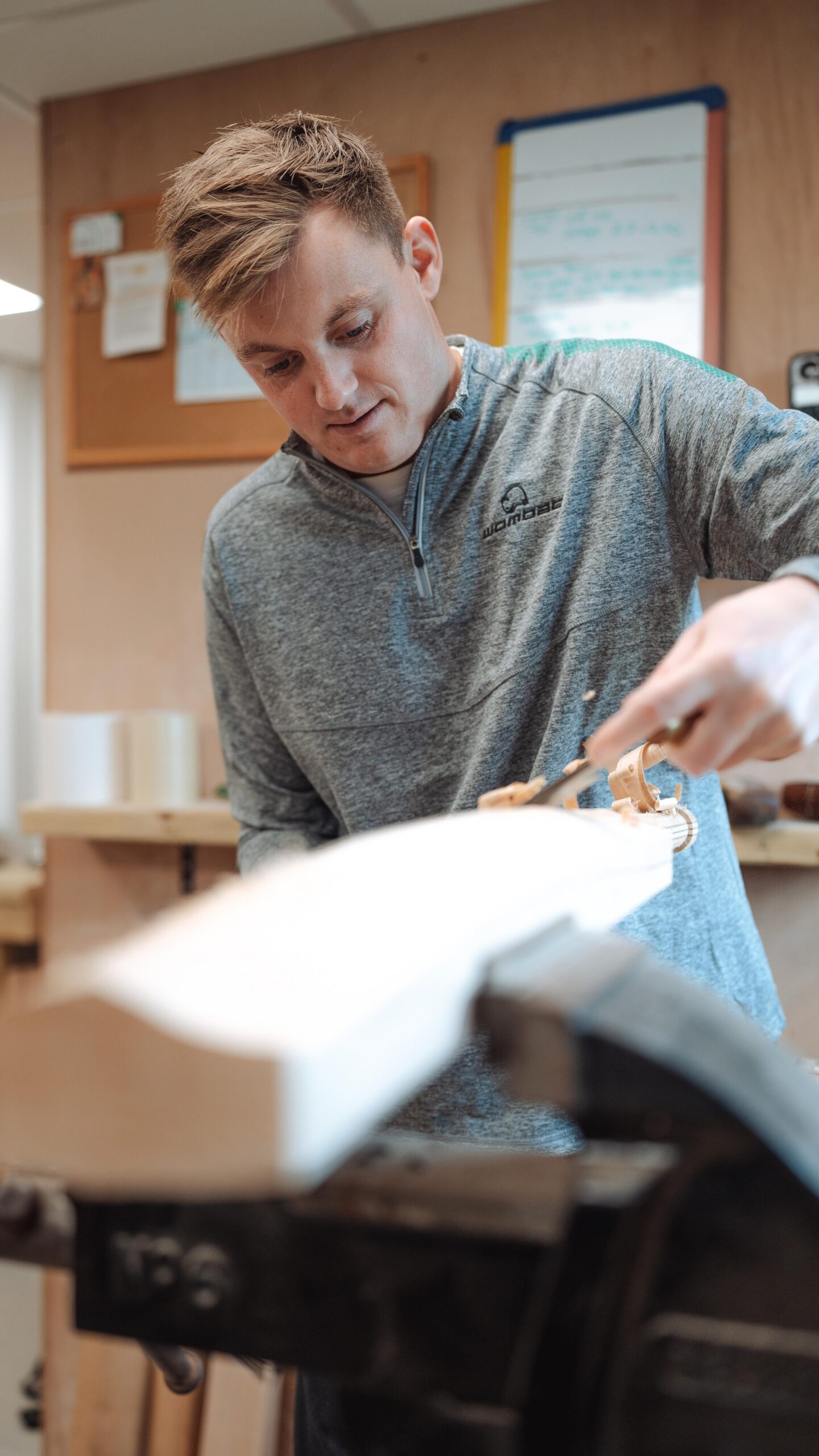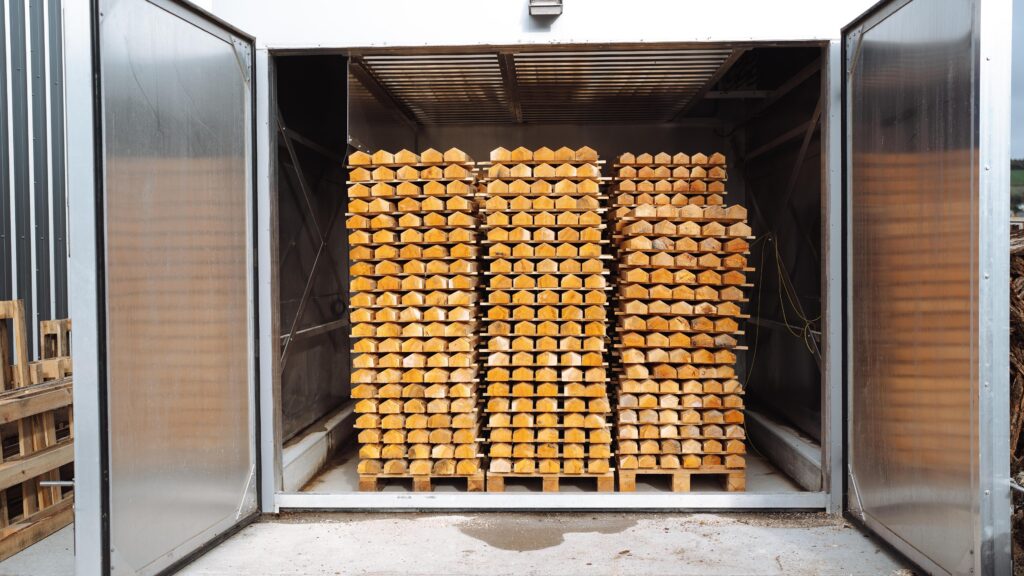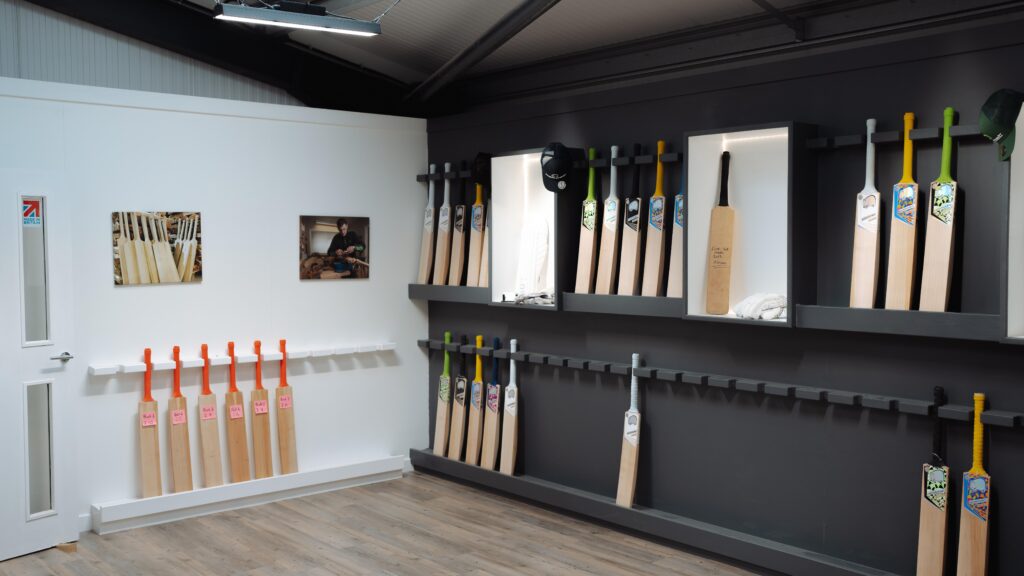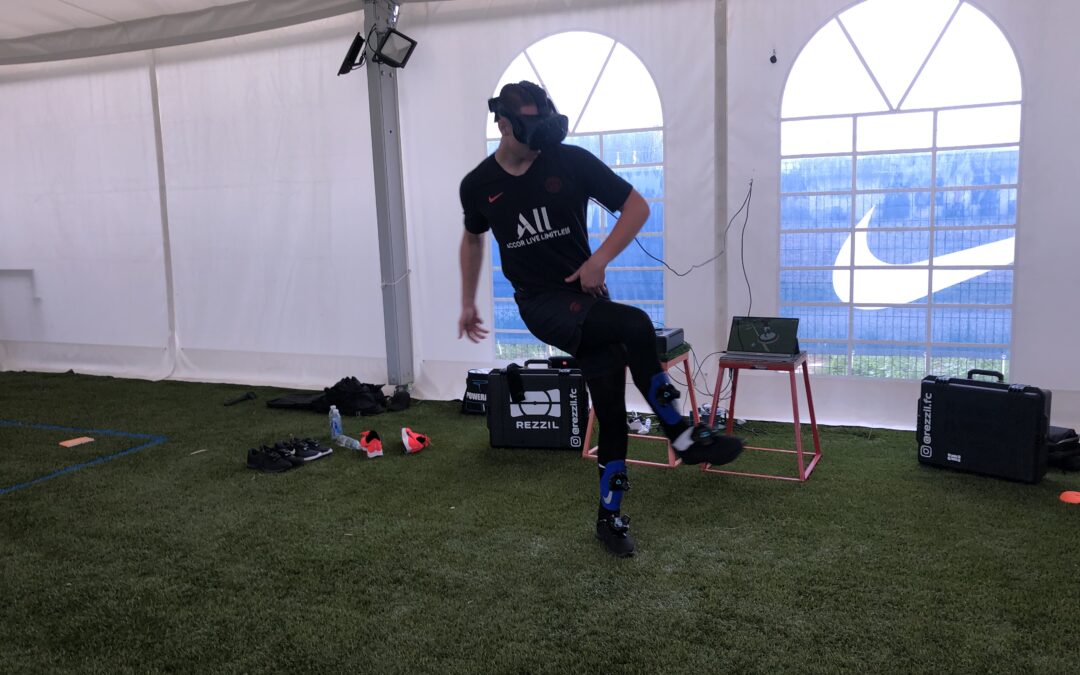Making a cricket bat is no easy task. This is how Wombat Cricket crafts the perfect bats…

Harry Solomon, photo courtesy of Harry Solomon
We often buy cricket bats without a second thought, but at Wombat Cricket, there’s a whole lot more consideration to it. From growing the willow to shaping the perfect bat, it’s all done in-house, with a focus on quality from start to finish.
“What sets us apart is that we do it from tree-to-bat. That’s our USP. We control everything from the tree right through to the finished bat and everything in between. There’s not many companies that do that.”
Harry Solomon, Master bat-maker at Wombat Cricket, created their bespoke service 12 years ago and is now working in a team of just four people who handmake up to 600 bats per year.
“Handmaking the bats massively affects the quality of what we produce, because we’re bringing it all in-house and controlling it all,” Solomon says.
Video courtesy of Harry Solomon
The process begins with the raw material: the willow tree. From there every phase of production is meticulously controlled to craft the perfect bat.
“We chainsaw the willow tree in the yard, and cut it in the sawmill part of our workshop. The wood is then put in a drying-kiln where it dries for 4-6 weeks.
“Once dried, the wood is then usable to make the bats. There’s machinery to fit the handle, to press the cleft [the raw piece of willow that’s shaped into a bat] which gives the performance,” he says. “When you hit a ball, how well the bat is pressed will affect how far the ball travels and the sound of it.
“Then after that, the rest is all done by hand: shaping the bat to get the right balance and profile out of that piece of wood.”
This is where the individuality of each bat comes into consideration and why making it by hands is so important in their work.
“By doing it by hand, we control all the essential elements. Every piece of wood is different. Even though two pieces of wood have grown next to each other for 18 years, they could be completely different.



“You have to work with each individual bat at all times. You shouldn’t force a bat to be a shape that it doesn’t want to be. You gauge from the feel and the pick-up and weight. “
“Everyone wants all these lovely grains and clean bats, but that stems right back to the start of looking after the tree.”
This is where the importance of quality willow trees comes into play – especially with the trees in “short supply.”
To deal with these challenges, Solomon and the team at Wombat Cricket also set up Wombat Willow, which grows the trees for their service, ensuring the quantity and quality of their work.
“English willow is the pinnacle material to make bats. You want to look after the trees that you grow. The cleaner and better grown they are, the better wood that’s produced which means you’re producing high-end bats at the end.
“That’s why we set up Wombat Willow. It’s all about the quality. If you produce quality bats, people will come to you from wherever.”
Video courtesy of Harry Solomon
But with growing willow trees comes a long wait, and a considerable amount of risk.
“It’s a hard gig. It’s effectively 15 to 18 years for a willow tree to grow. There’s a lot of time in it and who knows, a storm could come tomorrow and clear out all the willows and you’re back to square one. There’s a big risk to it.”
Through patience, care and skill, Wombat Cricket continues to craft some of the finest bats in the UK, one tree at a time.
Sidelines Recommends

How infrared sportswear is boosting performance
Learn about the high-tech infrared sportswear used by athletes in the Premier League, Formula 1, and British Swimming to improve performance.

The team sport of mental health
From tackling stigmatising language in the media to filling gaps in care for those struggling, there is a team off the field working to improve mental health in sport. In Volunteers’ Week, Sidelines spotlights the work of Sport in Mind. Mental health within sport is…

The virtual advantage: how VR is revolutionising sports training
How is virtual reality influencing the way athletes train and level up their game? Sidelines dives into the future of sports training.




